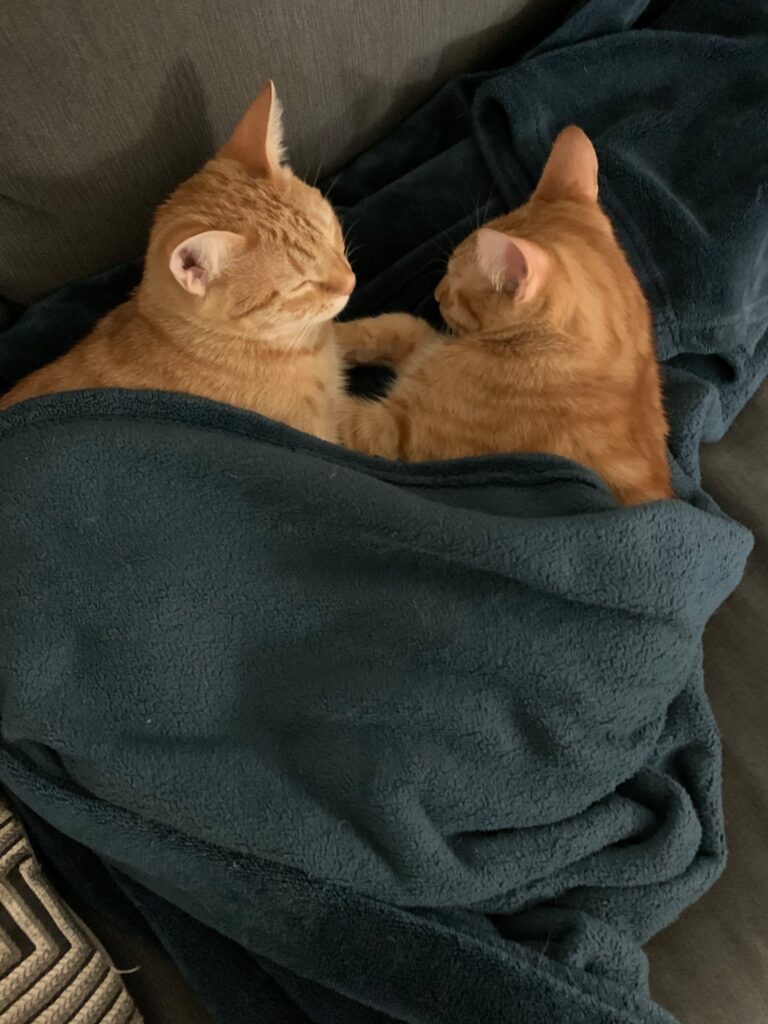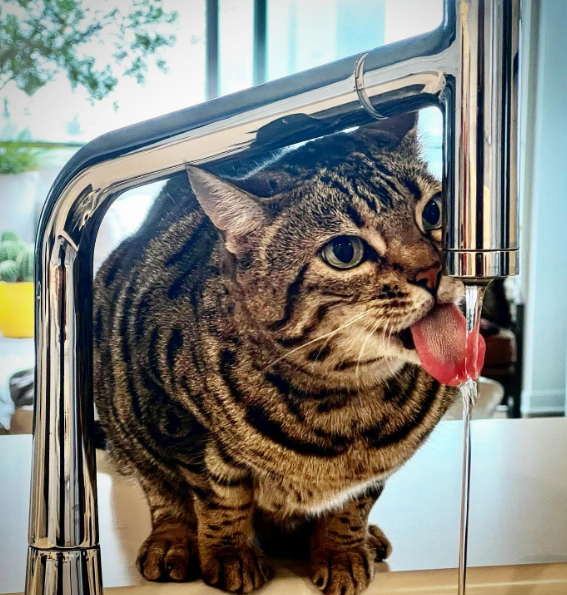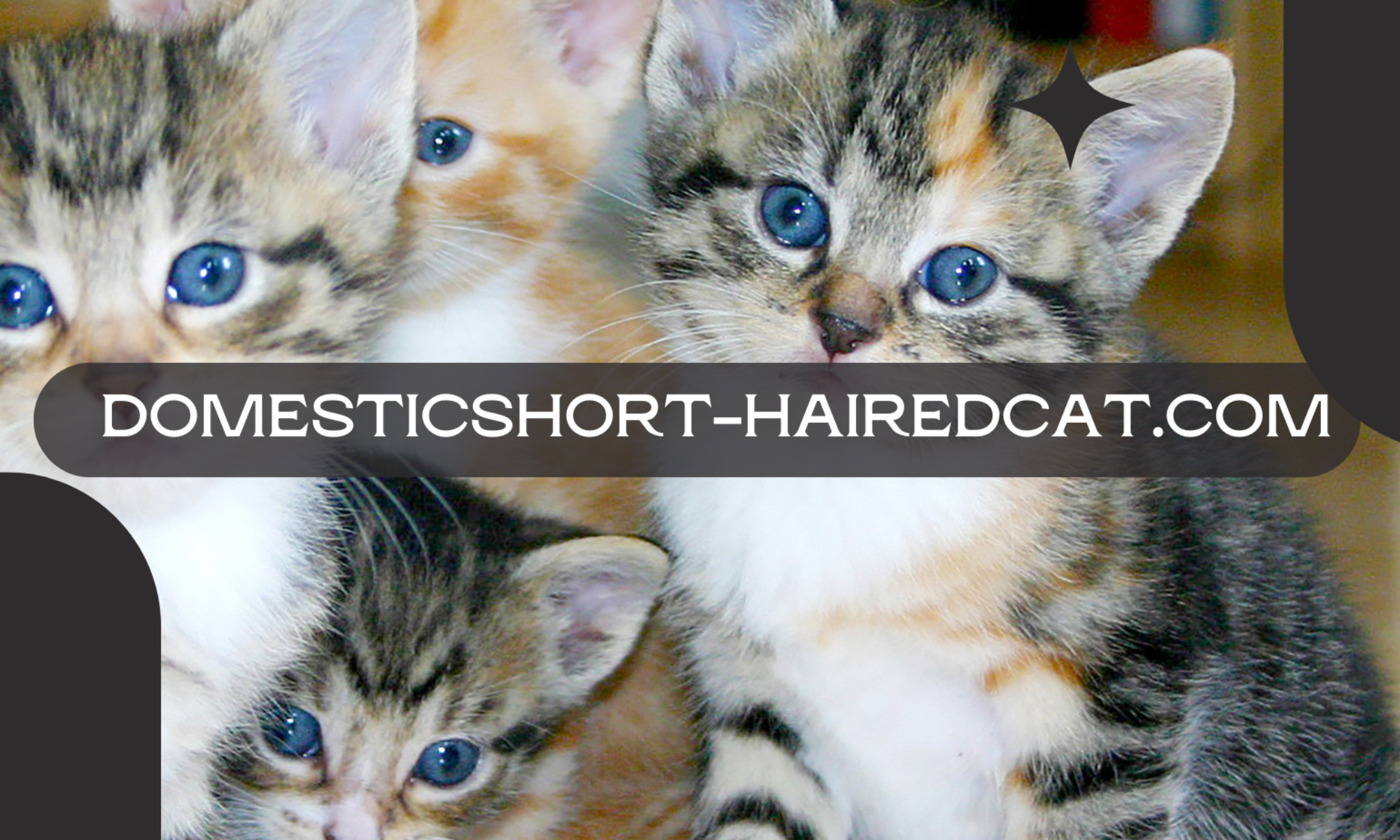Many people wonder if short-haired felines shed nearly as much as their long-haired counterparts and let me answer that for you clearly: yes!
Short-haired cats do shed and sometimes even more than their long-haired cats. This can be frustrating for cat owners who find themselves constantly cleaning up cat hair around their homes.

Excessive shedding can also cause problems for the cat itself, such as hairballs and matting.
Lastly, check out the grooming tools I’ve listed in this article that I love using on my cats and will help keep your cat’s coat healthy and greatly reduce shedding.
Managing Shedding in Short-coat Felines

While short-haired cats may shed less than their long-haired counterparts, they still require proper grooming and nutrition to minimize shedding. In this section, I’ll discuss some effective ways to manage shedding in shorthaired cats.
1. Grooming and Brushing Techniques
Regular grooming is essential to keep your cat’s coat healthy and shiny.
Daily brushing with a de-shedding tool can help remove loose hair and minimize shedding.
I can’t stress this point enough: you need a comb that your cats like so be sure not to
2. Diet and Nutrition
A healthy diet is crucial for maintaining your cat’s overall health and reducing shedding.
Make sure to feed your cat high-quality cat foods that are rich in protein, healthy fats, and omega-3 fatty acids. These nutrients help keep your cat’s coat healthy and shiny while reducing shedding.
It is also essential to keep your cat hydrated by providing them with fresh water at all times.
If your cat suffers from hairballs already, then make sure to incorporate foods that may help them reduce hairballs.
3. Health and Environmental Factors
Shedding can also be caused by underlying health issues such as allergies, parasites, skin infections, and thyroid disease.
If you notice excessive shedding or other symptoms such as itching, hairballs, or dull coat, it is essential to seek veterinary attention.
Environmental factors such as weight loss, temperature imbalance, and stress can also contribute to shedding. To keep your cat cool and comfortable, provide them with a comfortable and stress-free environment.
Understanding Cat Shedding

As a cat owner, I know that shedding is a natural part of a cat’s life.
Shedding is the process of losing dead hair, which is replaced by new growth. In this section, I will share some information about cat shedding patterns, triggers, and breed-specific shedding:
1. Shedding Patterns and Triggers
Shedding patterns in cats can vary based on the season, temperature, and breed.
They shed more during the spring and fall seasons, when they are preparing for a change in temperature.
During the summer, cats may shed less due to the heat but be forewarned: mine shed in the winter greatly as well. In the winter, cats may shed more due to the dry air.
Stress can also be a trigger for shedding in cats. If a cat is experiencing stress, they may shed more than usual. Some common stressors for cats include changes in routine, new pets or people in the home, or loud noises.
2. Breed-Specific Shedding
Different cat breeds have different shedding patterns. Some breeds, such as the Cornish Rex and Sphynx, have little to no hair and do not shed much.
Other breeds, such as the Siamese and Bengal, have short hair and shed moderately. Longhaired breeds, such as the Persian, can shed quite a lot!
DSH cats typically have a protective outer coat and an undercoat that provides additional insulation. This means that they can shed a moderate amount of hair.
How much do short-haired cats typically shed?
As a short-haired cat owner myself, I can attest that they do shed a fair amount throughout the year.
Short-haired cats typically shed a moderate amount of fur throughout the year, with slightly more shedding during the spring and fall months.
Are there certain breeds known for minimal shedding?
Yes, some short-haired cat breeds are known for shedding less than others.
For example, the Russian Blue and the Siamese breeds are known for minimal shedding. However, keep in mind that every cat is unique and may shed differently based on factors such as age, diet, and overall health.
What factors contribute to the shedding?
Several factors contribute to the shedding of cats, including genetics, age, diet, and overall health. Hormonal changes, such as pregnancy or nursing, can also increase shedding.
How does the shedding compare to that of long-haired cats?

Long-haired cats generally shed more than short-haired cats due to the length of their fur but this is no always true.
They also require more grooming to prevent matting and hairballs.
However, some short-haired cats can shed just as much as long-haired cats if they have an underlying health issue or are not groomed regularly.
Can regular grooming reduce shedding in short-haired cats?
Yes, regular grooming can help reduce shedding in short-haired cats.
Brushing your cat’s fur once or twice a week can help remove loose fur and prevent it from spreading throughout your home.
Laslty, feeding your cat a healthy diet and providing plenty of fresh water can help keep their coat healthy and reduce shedding.
Is there a difference in shedding between short-haired cats and dogs?
Yes, there is a difference in shedding between short-haired cats and dogs.
Cats shed less than dogs because they have fewer hair follicles and their fur grows in cycles. Also, cats groom themselves regularly, which helps remove loose fur and prevent excessive shedding.
